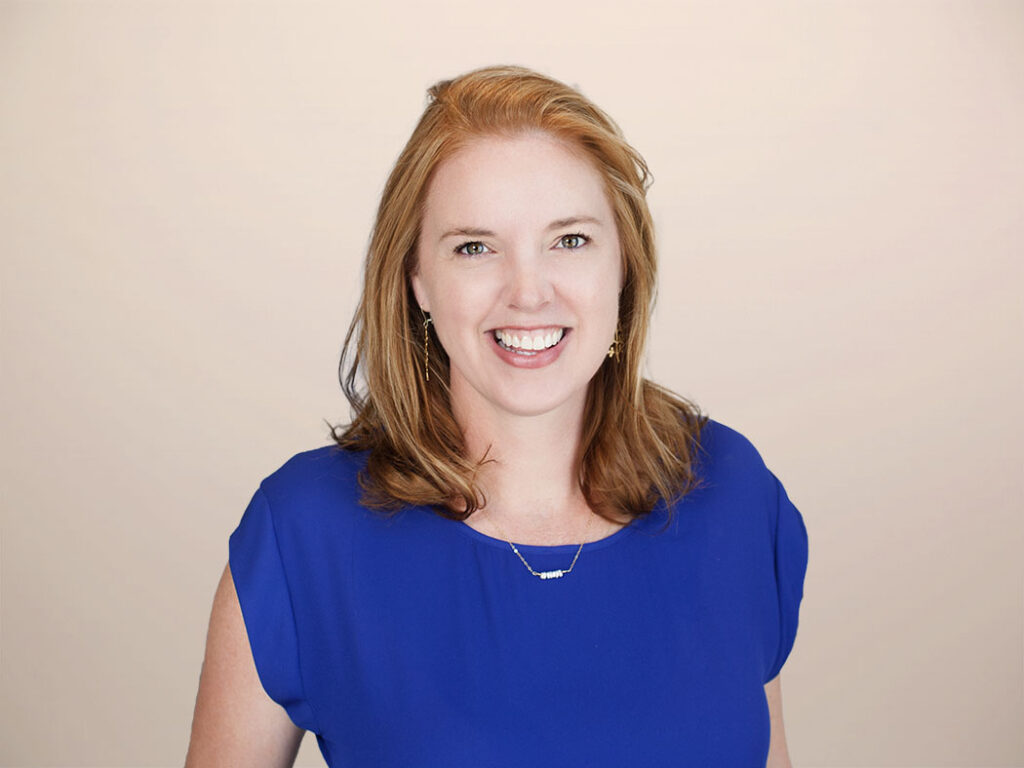Saying Goodbye To MQLs: What Changes In The RDR Function When We Move To Buying Groups?
This blog post is part of the Saying Goodbye to MQLs blog series, where we answer your questions when making the shift from leads to buying groups and opportunities.
We often hear that revenue development reps (RDRs) are already working buying groups — they just don’t have formal processes in place for multi-threading the group yet, and they often miss the last step of adding the buying group to the opportunity that they are chasing and passing. Overall, this is great news, and RDRs should keep up the good work as they make this transition! For those considering moving away from volumes of leads, here are a few questions that come up regularly.
Do RDRs add buying group members to the opportunity object/container? And if so, when?
As companies are making the shift from passing MQLs to passing opportunities with buying groups attached, we see the RDR connecting contacts as they work to validate the interaction signals and potential opportunity. Once an agreed-upon signal or combination of signals (marketing interactions, intent, account signals, etc.) is captured and ready for human outreach, the RDR should add relevant buying group members or typical buying personas to the opportunity. Adding buying group members can also be automated so that the RDR receives an opportunity with a buying group already attached and ready to enroll in follow-up cadences.
We recommend that the RDRs have outreach cadences in place for all buying group member roles. This gives the RDR more chances to connect with the account/buying group. Working the group is easier if contacts are connected to the opportunity object. Most sales engagement platforms have an opportunity view that enables the RDR to see how each person attached to the opportunity is engaging in the cadence. Being able to see and leverage these interactions with other buying group members is a winning strategy!
When we get a hand-raiser, do RDRs still build a buying group?
NEVER SLOW DOWN A HAND-RAISER! Yes, I’m yelling this. Minutes matter when it comes to hand-raisers. RDRs should reach out immediately and try to connect. If there are others from the same account also showing interest, the RDR should add these contacts to the opportunity, as well. If the RDR is unable to make contact, then the RDR should look for other available signals and enroll all assumed buying group members into a follow-up cadence. The more buying group members, the more chances to connect. Remember, a hand-raiser is just another signal that there is a potential buying cycle happening. Don’t miss this opportunity by just focusing on the hand-raiser only.
Once the opportunity has been created and passed, it’s important to ensure that all teams can continue to add new buying group members as they engage. Sellers may choose not to reach out and follow up with all contacts, but having this context is important to stay informed of the buying team and their engagement with your organization.
You can read all the posts in the Saying Goodbye to MQLs blog series here. Have more questions? Send them here, and we’ll respond in future blogs.
